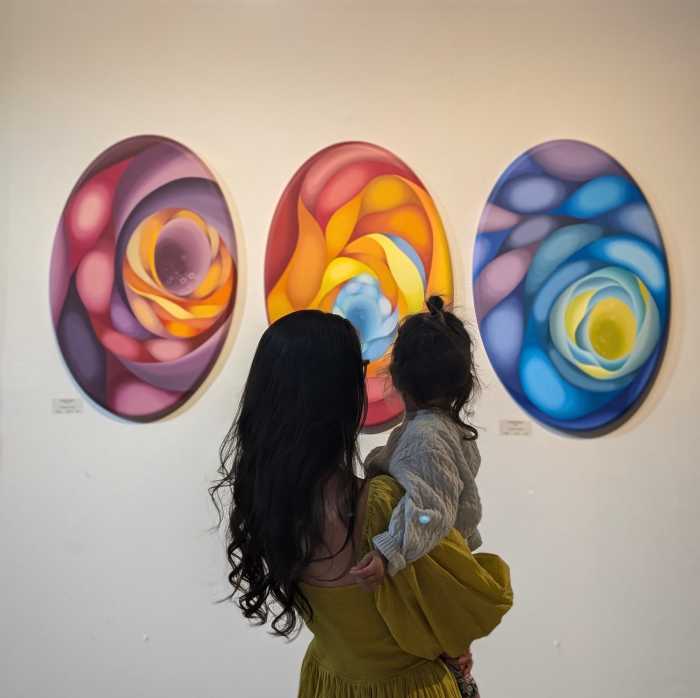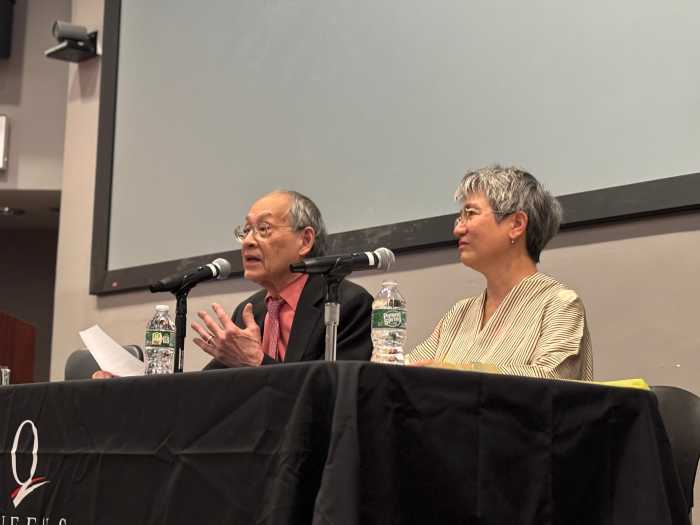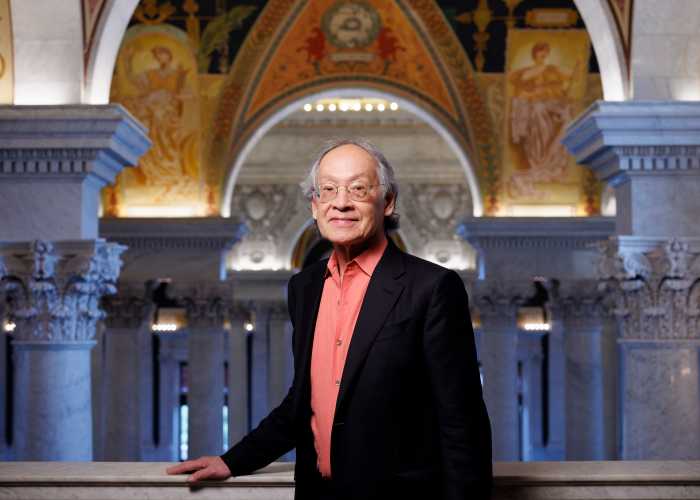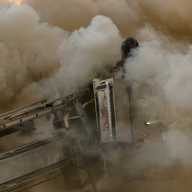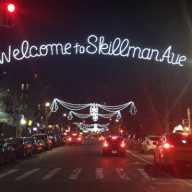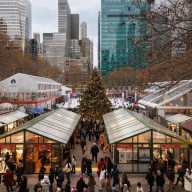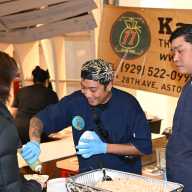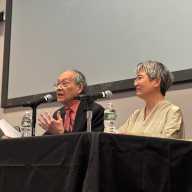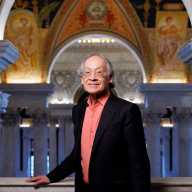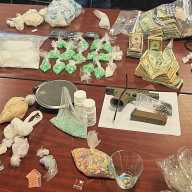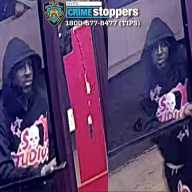By Bill Parry
The grand master of American documentary filmmaking sat on a metal folding chair in the cafeteria at PS 69 in Jackson Heights and reflected on what made him choose this particular neighborhood as the subject of his 41st movie.
Frederick Wiseman, 85, the son of a Russian immigrant, wanted to explore one of the most diverse communities on the planet, where 167 different languages are spoken within a mile of Roosevelt Avenue.
“I am completely fascinated by the immigrant experience and I knew there was enough material here for a film,” Wiseman said. “I was interested in the new immigrants because, after all, we are a nation of immigrants. I had been to Jackson Heights only twice in my life, visiting a friend in 2007 and again in 2014. The diversity is unmatched. It reminded me of what the Lower East Side must have been like at the turn of the last century.”
Wiseman screened his film, “In Jackson Heights,” at PS 69 10 days before its theatrical premiere at the Film Forum in Manhattan Wednesday . He wanted the community to see how he saw their world during nine weeks of shooting in the summer of 2014.
“He really captured the essence of what Jackson Heights is now,” Queens World Film Festival co-founder Don Cato said. “He lets the people tell the story with no narration. He allows the people to explain and that is the beauty behind this film and it’s what makes this particular filmmaker incomparable. At 85 years old, the man is a powerhouse.”
For 12 hours a day, Wiseman would hold a boom mike near his subject, from City Councilman Daniel Dromm and his staff to an LGBT group discussing whether they should stay in Jackson Heights after their usual meeting place was lost in the Bruson Building fire. His camera follows Colombian soccer fans as they watch their national team play at the World Cup and then celebrate a victory on Northern Boulevard as police move in.
There is a 98-year-old woman in a senior center admitting that she wouldn’t mind having a boyfriend. There is a disturbing scene inside a Halal butcher as an assortment of live fowl nervously await their slaughter.
There is a hysterical scene inside a class full of want-to-be cabdrivers, from all over the planet. Several scenes are shot at Make the Road New York, including a Mexican woman giving a harrowing account of her struggle to bring her daughter across the border.
“I found Make the Road fascinating because they provide substantial help to the immigrants,” Wiseman said. “I found them to be skilled community leaders trying to help people in these new surroundings. The issues that are presented in those scenes are faced by immigrants everywhere in the West.”
Wiseman and his crew recorded many meetings between activists from Queens Neighborhoods United and small business owners discussing their opposition to the 82nd Street Partnership. The Jackson Heights Business Improvement District’s impending expansion into Corona is portrayed as extreme gentrification, an end to the mom-and-pop stores and vendors along Roosevelt Avenue.
“We appreciated him coming to our meetings and providing such a platform,” community organizer Tania Mattos said. “It was almost like he wasn’t even there and he offered no judgments.”
Wiseman did not present the other side of the story but he did attempt to reach Seth Taylor, the BID’s executive director in 2014.
“I tried to get a hold of Seth Taylor on several occasions but he didn’t seemed interested,” Wiseman said with a shrug. “Besides, I had plenty of other material to work with.”
The veteran director had 140 hours of content that took him 11 months to edit into the 190-minute film. His fly-on-the-wall style holds up without voice-overs or talking head interviews.
“I try to cut it in a way that makes it all self-explanatory,” Wiseman said.
Reach reporter Bill Parry by e-mail at bparr

